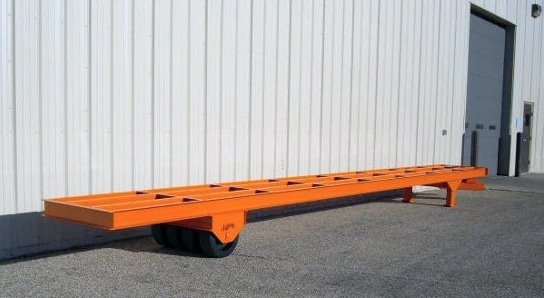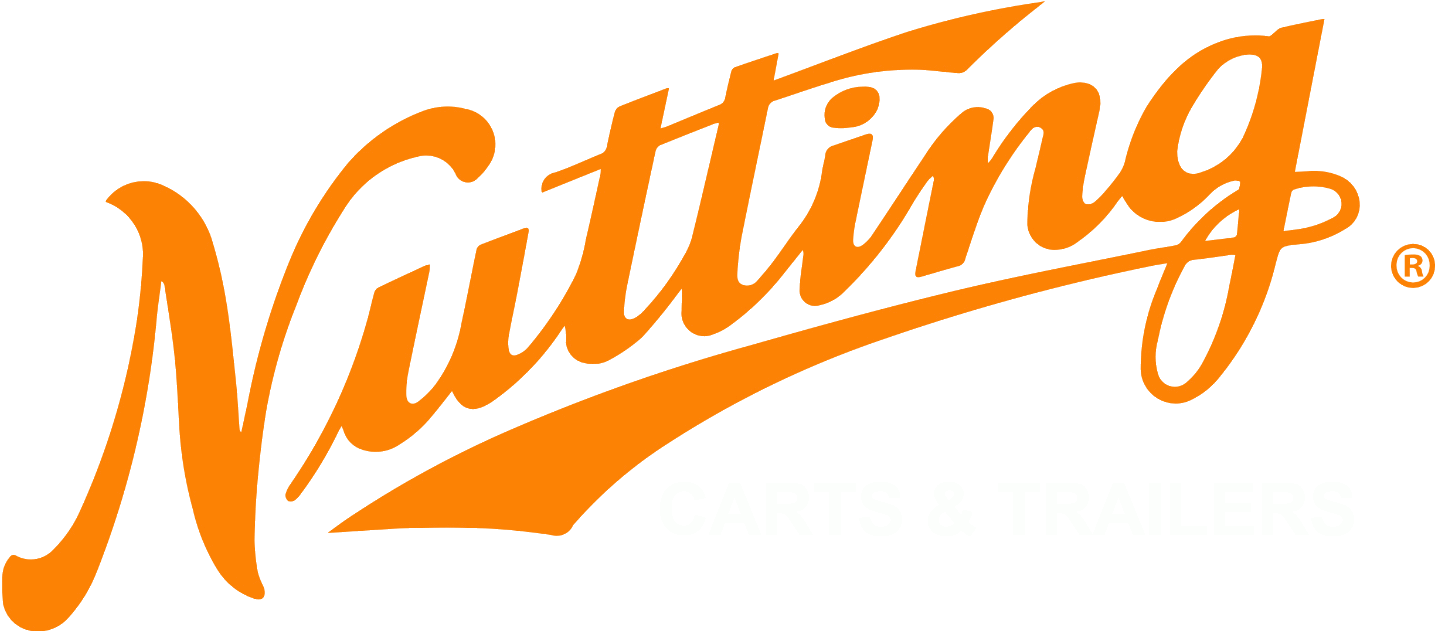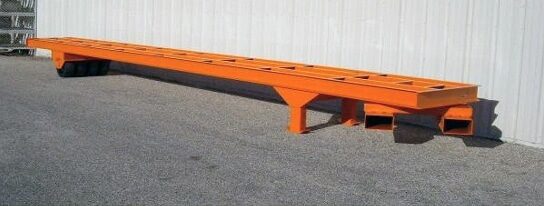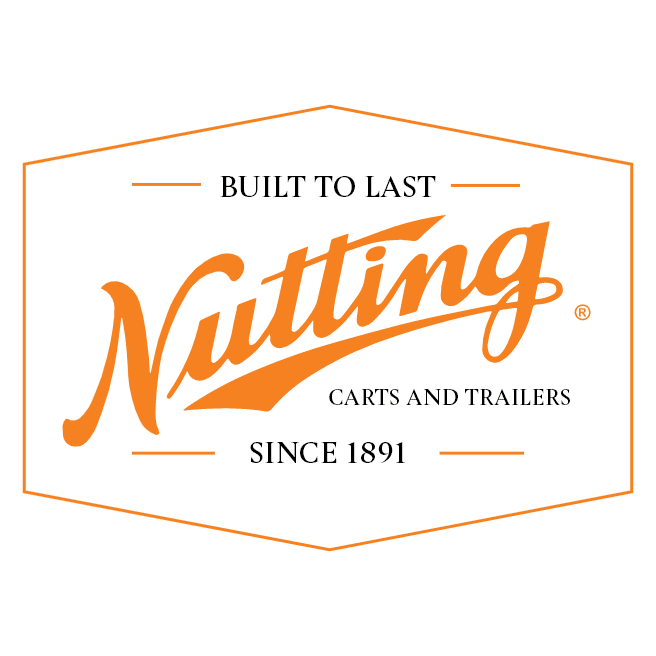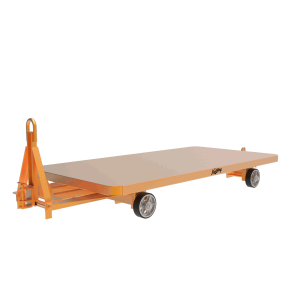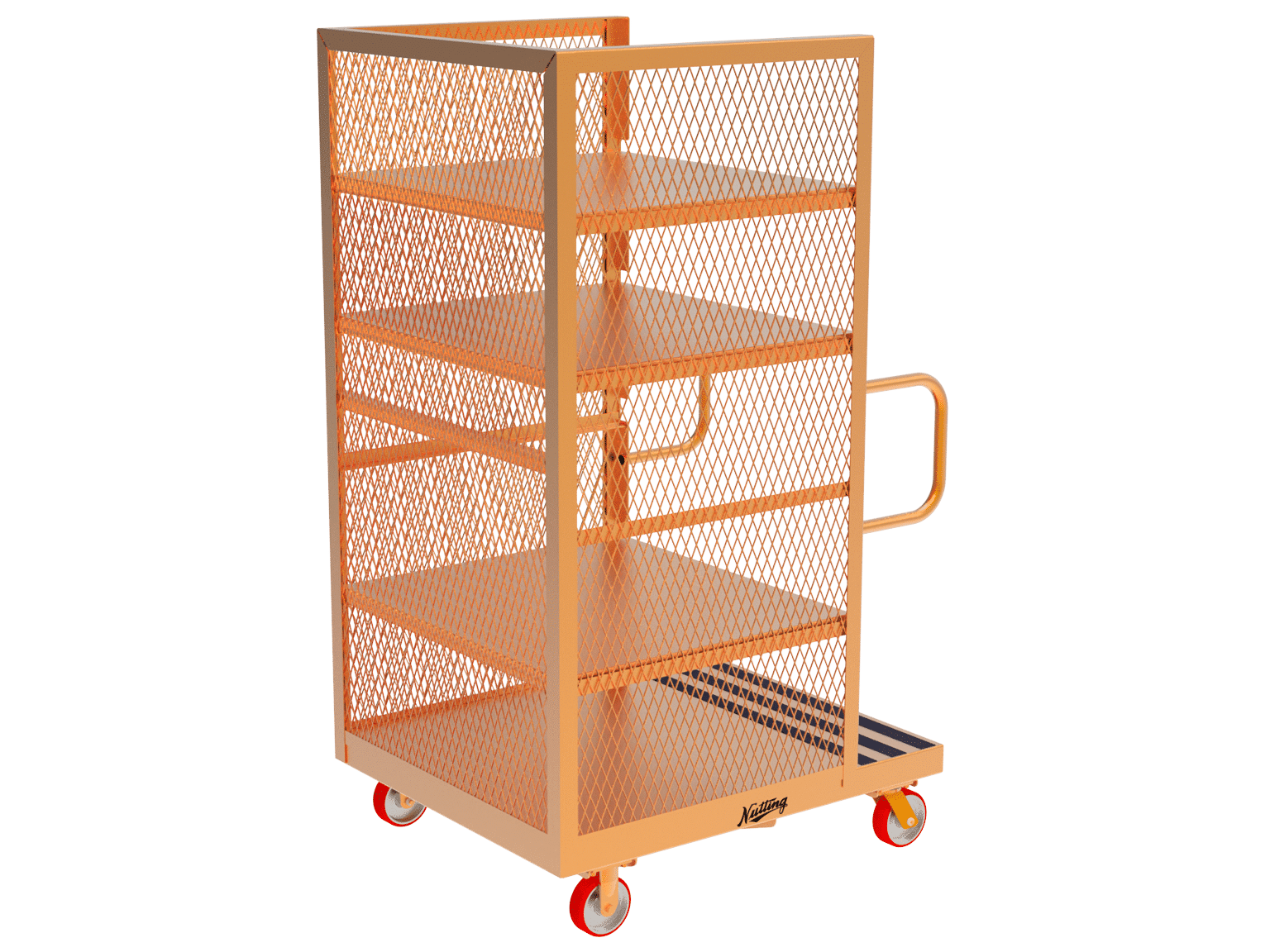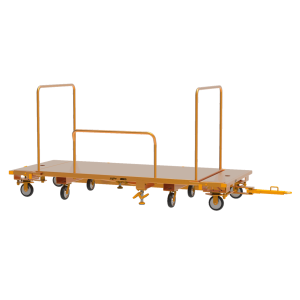Before you start your search for the right forklift attachments or accessories, it’s important that you understand some of the finer specifications of your machinery. Knowing how to determine your forklift capacity isn’t as simple as looking at the data plate, also known as the capacity plate, on your forklift. You need to know and understand the load dimensions, placement, and distribution.
How to Calculate Load Capacity
The lifting capacity of your forklift – sometimes also called load, net, or rated capacity – is a measure of the weight that the forklift can raise safely at a given load center. The rated capacity of your forklift is located on the data plate for your lift and can range from 3000 pounds to over 70000. It’s important to note that the forklift’s rated capacity is not always the same as maximum capacity – there are other considerations to bear in mind when figuring out if your machine can handle a given load’s weight.
Forklift capacity is closely related to the load center, which is the horizontal distance from the fork’s vertical face to the center of gravity for the load (your forklift data plate may feature a capacity chart that takes this into consideration).
You can calculate your lift truck’s capacity (and that of any forklift attachments) by figuring out the maximum load moment. A simple way to determine your forklift’s maximum load moment is to multiply its weight rating by the center load distance. For example, a 4000 lb capacity multiplied by a 24-inch load center would give you a maximum load moment of 96,000 inch-pounds.
The Dangers of Exceeding Maximum Weight Capacity
In addition to the warnings and specifications from the manufacturer, the Occupational Safety and Health Administration is very specific about how forklift operators should handle weight capacity. OSHA regulation 1910.178(o)(2) states “only loads within the rated capacity of a truck shall be handled”, but as we have seen, rated capacity isn’t the same as maximum weight capacity, and misunderstanding your forklift load capacity can result in forklift accidents like tip-overs, loss of control, spilled loads, damage to your forklift or other equipment, and fines from OSHA. Forklift safety isn’t just the law, it’s good business practice, so getting the carrying capacity of your forklift right is essential.
Attachments Can Improve Capacity
Often a particular load will have an irregular size, shape, or weight that makes normal forklift operations unsafe. Forklift attachments like pallet handlers, side shifters, layer pickers, trail skids, and clamps can help. They can adjust the weight distribution, load center distance, and lifting capacity of your forklift. The right attachment can simplify the day-to-day work of material handling while saving you from buying multiple forklifts.
For example, our trail skids have the ability to double, or even triple, your forklift’s load capacity. Trail skids work by redistributing some of the load weight from the forklift’s front wheels to the roller/wheels on the far end of the skid.
In order to make sure our equipment works safely and effectively with your forklift we can customize the skid’s dimensions, capacity, deck material, and superstructures.
As always, we advise you to make sure that your forklift operators are properly trained in the use of the given attachment and have access to all of the information they need.
What Forklift Capacity Do You Need?
Now that you understand the finer points of a forklift’s load center, you can start to think about how much capacity you need and what sorts of attachments you can or should add. This is going to depend on the needs of your business, but important considerations are things like: the average amount of weight you need to move, the average lift height those loads need to reach, and how long or wide those loads are going to be.
If you take the time to fully understand the capacity of a forklift before investing in additional machinery or tools, you’re more likely to avoid forklift accidents, set your forklift operators up for success, and get the most out of your machinery.
Not sure which attachments are right for your needs? Contact us and we can help you figure out what kinds of forklift accessories are right for your warehouse.
